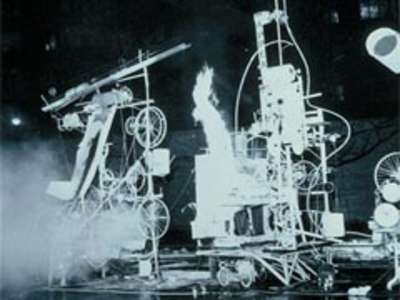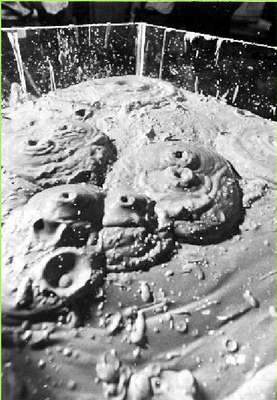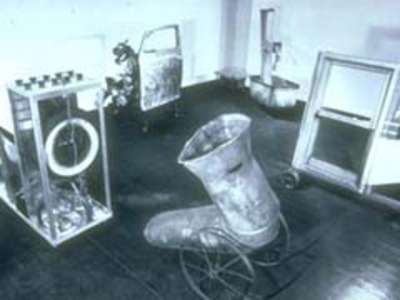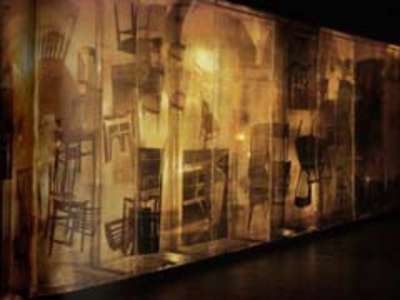Billy Klüver grew up in Salen, Sweden. He graduated in electrical engineering from the Royal Institute of Technology, Stockholm.
He was an electrical engineer who lectured widely at universities, a researcher at Bell Labs, Murray Hill, New Jersey, and collaborated with artists on works of art incorporating new technologies. Klüver worked on Robert Rauschenberg’s environmental sound sculpture called “Oracle”, with Yvonne Rainer on her dance “House of my Body”, with John Cage and Merce Cunningham on their “Variations V” and with Andy Warhol on “Silver Clouds”. Another ambitious project of that period was a collaboration on Rauschenberg’s “Mud Muse”, a massive installation containing liquid mud activated by sound. He was instrumental in co-founding in 1966, with Robert Rauschenberg, Robert Whitman and Fred Waldhauer, Experiments in Art and Technology (E.A.T.), an initiative that fostered the collaboration between artists and scientists.
Billy Kluver
| i |
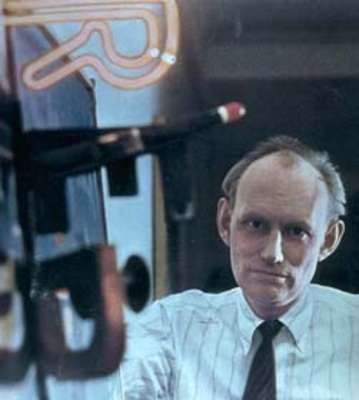


| last name: | Kluver |
| first name: | Billy |
| also known as: | Johan Wilhelm Kluver |
| birthday: | November 13, 1927 |
| birth-place: | Monte Carlo (Monaco) |
| death date: | 2004 |
Summary
Biography
| 1954 | Moved to USA. |
| 1957 | Received PhD in electrical engineering from UC Berkeley and taught in the department the following year. |
| 1958 to 1968 | Worked as a technical staff of Bell Laboratories and recieved 10 patents. He got involved with New York’s thriving avant-garde art scene and collaborated with artists (including Jean Tinguely, Jasper Johns, Yvonne Rainer, Robert Rauschenberg, John Cage and Andy Warhol) on works of art incorporating new technology. |
| 1966 | Collaborated with Robert Rauschenberg to organize 9 Evenings: Theatre & Engineering. The performance series incorporated new technology developed by 10 artists working with more than 30 Bell Labs engineers. |
| 1966 | Founded E.A.T. : Experiments in Art and Technology , with Robert Rauschenberg, Robert Whitman, and Fred Waldhauer, a not-for-profit service organization for artists and engineers. |
| 1968 onwards | Served as the president of E.A.T. He established a Technical Services Program to provide artists with technical information and assistance by matching them with engineers and scientists who can collaborate with them. |
| 1970 | Led the EAT team to design the Pepsi Pavilion at Expo ’70 in Osaka, Japan, a tour-de-force of high-tech installation art. |
Artist Groups
Exhibitions organized
Member of institutions
Works
Comments
enter new comment


